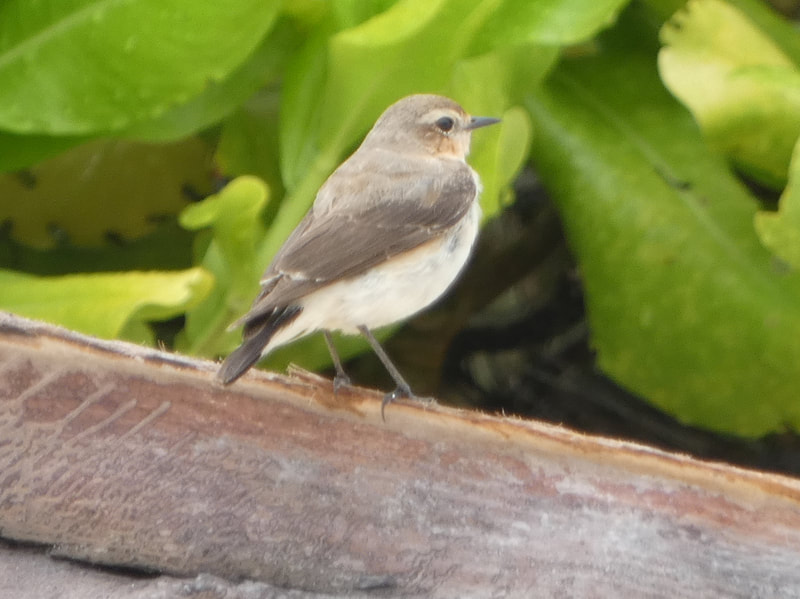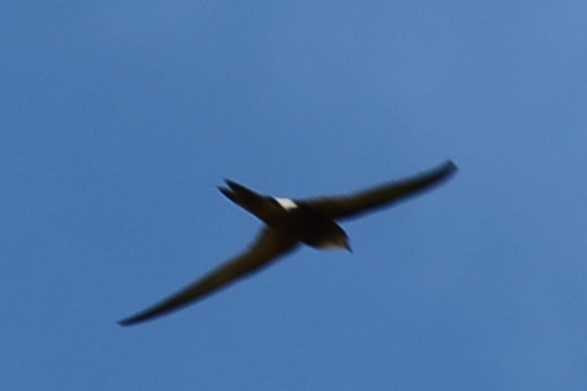|
|
From top left to bottom right:: Aldabra 22-23 January (Annabelle Cupidon/SIF); Farquhar 24 January (William McNeely/ICS); Alphonse 22 January (Kaeleah Andrew/ICS); Alphonse 3 January (Alphonse); St Francois 31 January (Kaeleah Andrew/ICS); Desroches 18 January (Nasreen Khan). In January 2024, SBRC received an unprecedented number of reports of Northern Wheatear Oenanthe oenanthe from the outer islands of Seychelles. Reports came from the Amirantes (Desroches and Alphonse), Farquhar and Aldabra.
The timing of these sightings is similar to previous reports, being later in the season than other northern migrants. There is probably a good reason for this. Northern Wheatears breeding in Western Europe have spread to eastern North America in recent times while the Asian breeding population has spread to Alaska. However, all populations winter in Africa. Birds in eastern North America travel via Europe while those breeding in Alaska go the opposite way around the globe and cross the whole of Asia. So records in Seychelles are most likely to be eastern birds from as far away as Alaska. This is the longest recorded migration for any songbird.
0 Comments
Kaeleah Andrew has reported a Pacific Swift at the south coast, Alphonse on 23-25 January 2024. SBRC has accepted 20 previous records of this species. However, what were once four races of one species have now been split. Two of these - Cook’s Swift and Salim Ali’s Swift - are extremely unlikely in Seychelles because they are not long-distance migrants. The only long-distance migrant of the four species likely to reach Seychelles is Apus pacificus However, Blyth’s Swift A. leuconyx also migrates to some extent and is a possibility. SBRC has retained all Seychelles records as Pacific Swift with a caveat that Blyth’s Swift cannot be ruled out. Compared to Pacific Swift, Blyth's Swift has a narrower rump patch and the white fringes to the underparts feathers distinctly less numerous or obvious. |
AuthorAdrian Skerrett Categories |







 RSS Feed
RSS Feed
